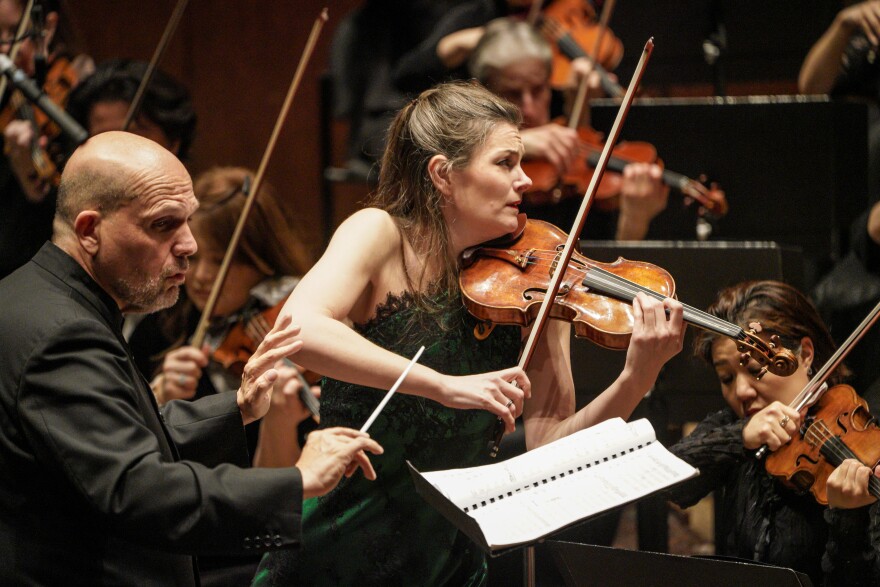From Past to Present: Unraveling the Evolution of Music Genres
In a world where creativity dances to the rhythm of cultural influences, music stands as a vibrant reflection of its time.
Throughout the centuries, music genres have emerged like colorful threads, each weaving a distinct sound, style, and cultural significance. Are you ready to embark on a rhythmic odyssey, tracing the historical development of music genres?
Get ready to unravel the fascinating stories behind their evolution, from their humble origins to the grand stages they occupy today.
The Rhythmic Odyssey:
Tracing the Historical Development of Music Genres
Music is a reflection of the times, a vibrant tapestry woven by the creativity and cultural influences of its creators. Over the centuries, various music genres have emerged, each with its own distinct sound, style, and cultural significance.
In this blog, we embark on a melodic journey, tracing the evolution of music genres from their humble origins to their current forms, uncovering the fascinating stories behind their development and the societal influences that shaped them.
A Prelude to Harmony:
Exploring Classical and Folk Roots
To understand the evolution of music genres, we must delve into the rich tapestry of classical and folk music.
Classical music, with its complex compositions and timeless elegance, traces its origins back centuries, steeped in the works of renowned composers like Bach, Mozart, and Beethoven. Simultaneously, folk music emerged from the traditions of various cultures, capturing the essence of local stories, rituals, and oral histories.
These foundational genres laid the groundwork for musical innovation to come.

The Birth of Rhythm:
The Rise of Jazz, Blues, and Rock ‘n’ Roll
In the early 20th century, new genres emerged that shook the musical landscape. Jazz, with its improvisation and syncopated rhythms, sprang forth from African American communities, becoming a symbol of cultural expression and resilience. The soulful melodies and melancholic lyrics of the blues offered an emotional outlet, giving voice to the struggles and triumphs of marginalized communities.
And then came rock ‘n’ roll, an electrifying fusion of rhythm and blues that revolutionized popular music and set the stage for rebellious cultural movements.

Harmony in Diversity:
Pop, Hip-Hop, and Electronic Music
As the 20th century progressed, new genres emerged, reflecting the evolving tastes and influences of global communities.Pop music embraced catchy hooks and infectious melodies, dominating airwaves and shaping popular culture. Hip-hop, born from inner-city neighborhoods, became a platform for marginalized voices, using beats and rhymes to convey powerful social messages.
Electronic music, with its synthesized sounds and pulsating rhythms, ushered in a new era of sonic exploration and dance culture.

Genre Blurring:
The Fusion and Diversification of Modern Music
In recent years, the lines between genres have blurred, giving rise to an era of eclecticism and fusion.Artists experiment with blending genres, creating new sonic landscapes that defy categorization. Genres like indie, alternative, and world music embrace diversity, drawing inspiration from various cultural traditions and pushing the boundaries of artistic expression.
This era showcases the fluidity and ever-changing nature of music, reflecting the dynamic nature of society itself.
Conclusion
The evolution of music genres is a testament to the vibrant nature of human creativity and cultural exchange.
From classical symphonies to electronic beats, each genre represents a unique chapter in the story of music’s evolution. As genres continue to evolve and new ones emerge, they reflect the ever-changing world we live in, capturing the spirit of each era.
So, let us celebrate the rich tapestry of music genres, embracing their historical roots and diverse expressions, for in their melodies and rhythms, we find a universal language that transcends boundaries and unites us in the collective love for music.

